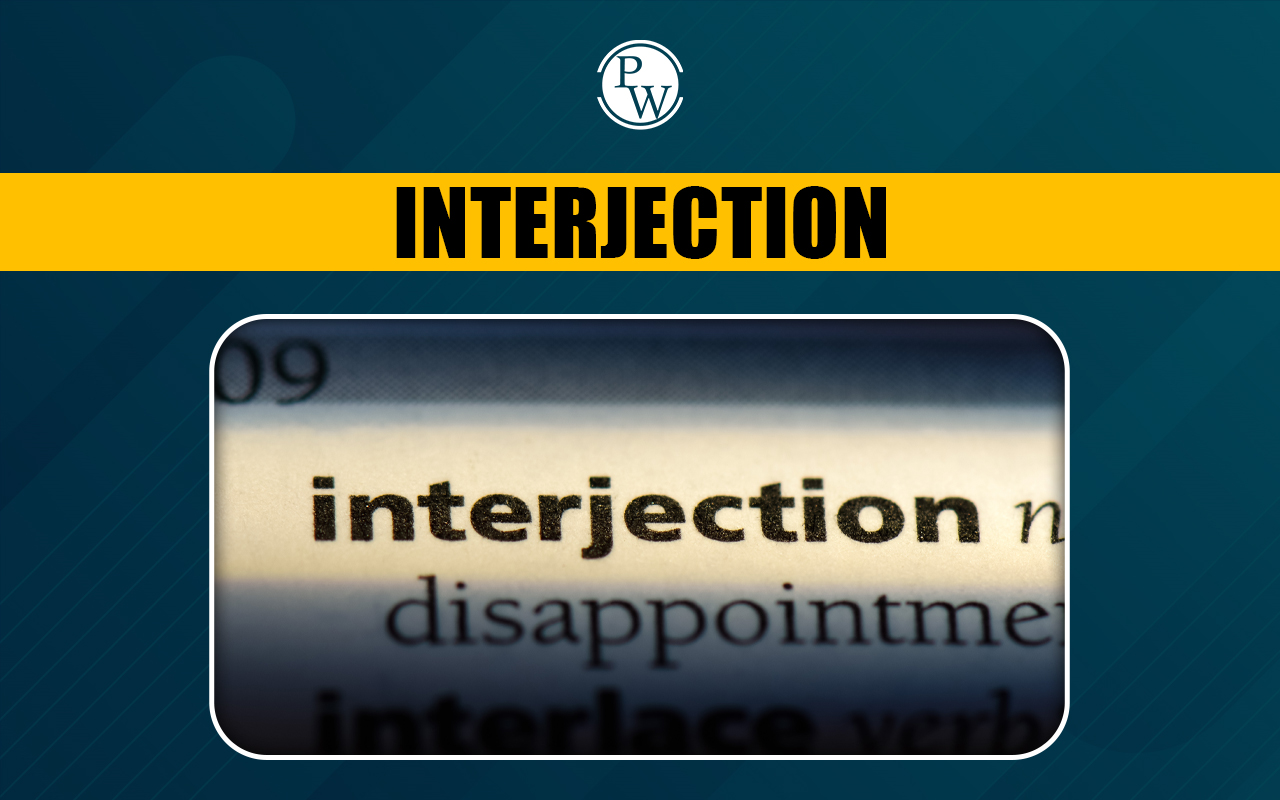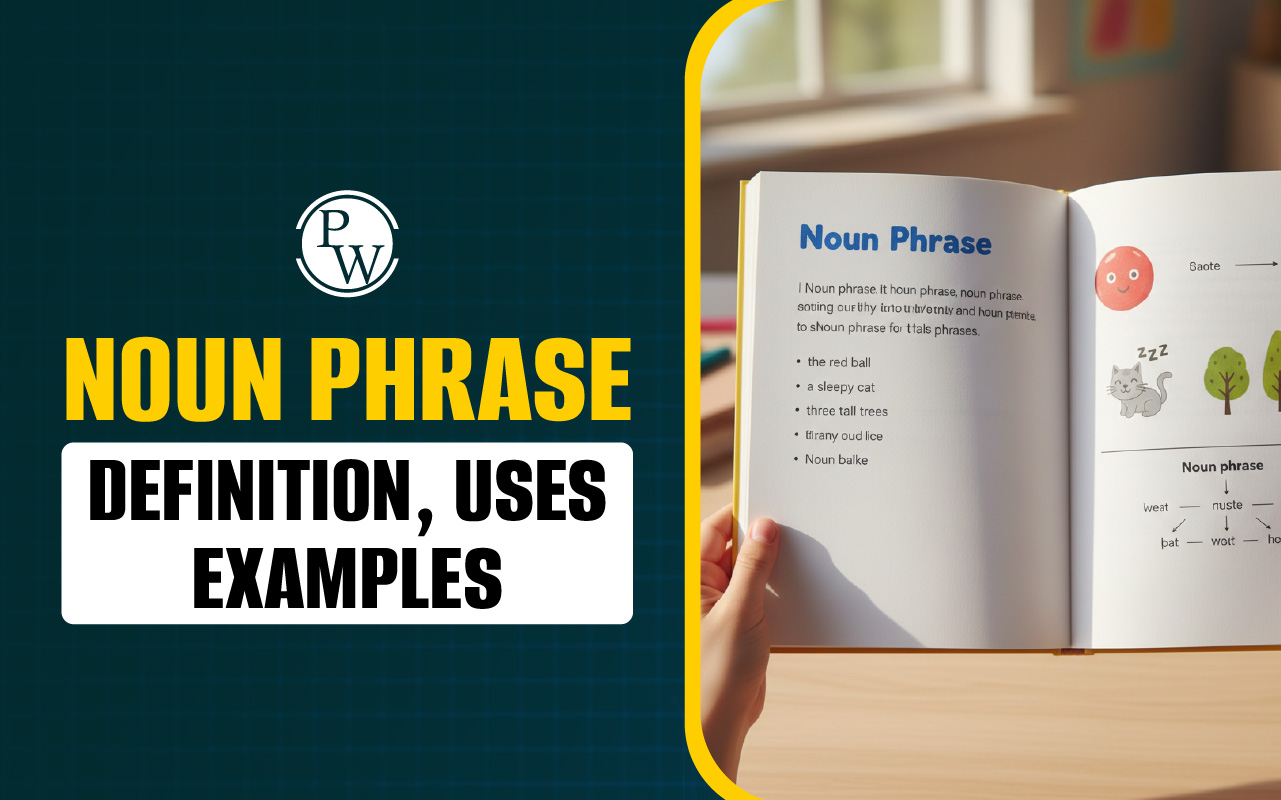
Your heart pumps blood to deliver oxygen, nutrients, and other important substances to your cells, while removing waste. This nonstop process runs day and night, even when you are asleep, ensuring your body works smoothly at all times.
In this blog, you will learn about the circulatory system in detail, including its main parts, how the human circulatory system works, the cardiovascular system function, the role of the circulation of blood, and interesting facts and examples that make it easy to understand.
Read More: Human Excretory System
What is the Circulatory System?
The circulatory system is the special system that moves blood through your whole body. It reaches every single part of you, even tiny places like your fingertips and toes.
Every time the blood travels around, it brings oxygen from the air you breathe and nutrients from the food you eat to your cells. It also carries away waste, like carbon dioxide, so your body can get rid of it when you breathe out.
The circulatory system has three main circulatory system parts:
-
The heart is a pump that keeps blood moving with every beat.
-
Blood vessels are the pathways blood follows; some are wide, while others are so narrow that blood cells pass through one at a time.
-
Blood is the liquid that flows through these vessels, carrying oxygen, nutrients, hormones, and waste
In the human circulatory system, the heart, blood vessels, and blood work together in a continuous cycle. This system is also called the cardiovascular system. “Cardio” means heart, and “vascular” means vessels, so the name describes the heart and vessels working together to keep you alive and healthy.
Parts of the Human Circulatory System
The circulatory system has three main parts that work together to keep your body alive and healthy.
The Heart
-
It is a muscle nearly the size of your fist.
-
The heart has four chambers that pump blood.
-
Blood comes into the right atrium from your body carrying waste and low oxygen.
-
The right ventricle pushes blood to the lungs to collect fresh oxygen.
-
Oxygen-rich blood returns to the left atrium.
-
The left ventricle pumps oxygen-rich blood out to your whole body.
-
Valves help the blood move in one direction by opening and closing inside the heart.
The Blood Vessels
-
These are tubes that carry blood everywhere in your body.
-
Arteries carry oxygen-rich blood away from the heart.
-
Veins bring oxygen-poor blood back to the heart.
-
Capillaries are tiny vessels where oxygen and nutrients pass from blood into your cells.
-
Waste moves from your cells back into the blood here to be removed.
The Blood
Blood has different parts that work together.
-
Red blood cells pick up oxygen from your lungs and carry it to every cell in your body so they can work properly.
-
White blood cells act like your body’s defenders, fighting off germs and infections to keep you healthy.
-
Platelets help your blood clot to stop bleeding when you get hurt.
-
The yellow fluid plasma carries food, chemical messengers, and waste products through your bloodstream.
All these parts work nonstop to support your whole body and keep you healthy.
Read More: Human Nervous System
How Does the Circulatory System Works?
The circulatory system keeps blood moving through your body by working in two main loops. The first loop is called pulmonary circulation. In this loop, the right side of your heart pumps blood to the lungs.
When the blood reaches the lungs, it picks up fresh oxygen from the air you breathe in and releases carbon dioxide, which your body gets rid of when you breathe out. Once the blood is rich in oxygen, it flows back to the left side of your heart.
The second loop is called systemic circulation. In this loop, the left side of your heart pumps oxygen-filled blood into the body’s largest artery, known as the aorta.
From the aorta, blood travels through smaller arteries and then tiny vessels until it reaches every part of your body, from your head down to your toes.
As blood moves through these vessels, it delivers oxygen and important nutrients to your cells so they can work properly and grow. After delivering these essentials, the blood picks up waste products and carbon dioxide from the cells.
This waste-filled blood then travels back to the heart through veins, arriving at the right side of the heart to begin the cycle again.
This continuous circulation keeps your body functioning smoothly. It happens about once every second, working nonstop day and night, even while you sleep.
Read More: Reproduction in Animals
Cardiovascular System Function and Blood Circulation
The cardiovascular system’s main job is to keep your body alive by moving everything it needs to the right places. It brings oxygen from your lungs and nutrients from your food to all your cells. It also carries hormones, small messengers that help regulate how your body functions.
It removes waste products like carbon dioxide and urea so your body can get rid of them. It also helps control your body temperature by moving warm blood around when you are cold or sending more blood to your skin when you are hot.
Without the human circulatory system, your cells would not get the oxygen, nutrients, or signals they need, and your body could not survive even a few minutes.
Facts About the Circulatory System for Kids
Take a look at these amazing facts about the circulatory system:
-
Your heart beats about 100,000 times a day.
-
Blood takes only about 20 seconds to make a full trip around your body.
-
If you stretched out all the blood vessels in your body, they would circle the Earth more than twice. This shows how extensive and important your circulatory system is for keeping you alive.
-
Red blood cells live for about 120 days before being replaced.
-
Your heart works harder during exercise to speed up the circulation of blood and give your muscles more oxygen.
Circulatory System Examples in Daily Life for Kids
The human circulatory system is always working, even when you are resting or sleeping. You can notice it in action in many everyday situations:
-
When you run and play outside, your heart beats faster to send more oxygen to your leg muscles, which helps them keep moving and playing.
-
When you get a scraped knee, your blood carries platelets to the cut to help form a scab, which protects the injury so it can heal.
-
When you feel warm on a hot day, more blood flows to your skin to let out extra heat, which keeps your body from getting too hot.
-
When you breathe deeply, your blood fills with oxygen and carries it to your cells, which gives your body the energy it needs.
These examples show that the circulation of blood is always at work to help you move, heal, and stay safe.
Tips to Keep the Circulatory System Strong and Healthy
You can help your human circulatory system stay healthy by:
-
Being active every day, such as running, playing sports, dancing, or riding a bike. This helps your heart become stronger and better at pumping blood.
-
Eating a balanced diet with fruits, vegetables, whole grains, and lean proteins. This gives your blood the nutrients it needs to keep your body healthy.
-
Drinking enough water each day so your blood can move easily through your blood vessels. This keeps your circulation smooth.
-
Getting enough sleep every night so your heart can rest and recover. This helps it work well every day.
-
Staying away from smoking because it damages blood vessels and harms the heart. This protects your cardiovascular system for the future.
Taking care of your circulatory system makes sure your body always has the oxygen, nutrients, and energy it needs to stay healthy and active.
Also Read: What is Photosynthesis?
Improve Your Child’s School Performance with CuriousJr Online Classes
Many children find subjects like Math, Science, English or Social Studies challenging because lessons move quickly and every child has their own pace. This can make it hard for them to keep up and fully understand what is taught.
CuriousJr’s Online School Tuition offers live interactive classes that follow your child’s
school syllabus closely. Friendly mentors guide your child step by step with the support they need from home.
Here is how we help your child improve:
-
Easy to understand explanations in live classes
-
Daily practice and homework to strengthen skills
-
Help with homework questions whenever your child needs it
-
Regular updates so parents know how their child is progressing
Give your child the support needed to feel ready for class and achieve better results. Book a demo class today and see the difference!
Circulatory System FAQs
What is the circulatory system?
What are the main circulatory system parts?
What does the human circulatory system do?
How does the heart help the circulatory system?
What are arteries, veins, and capillaries?










